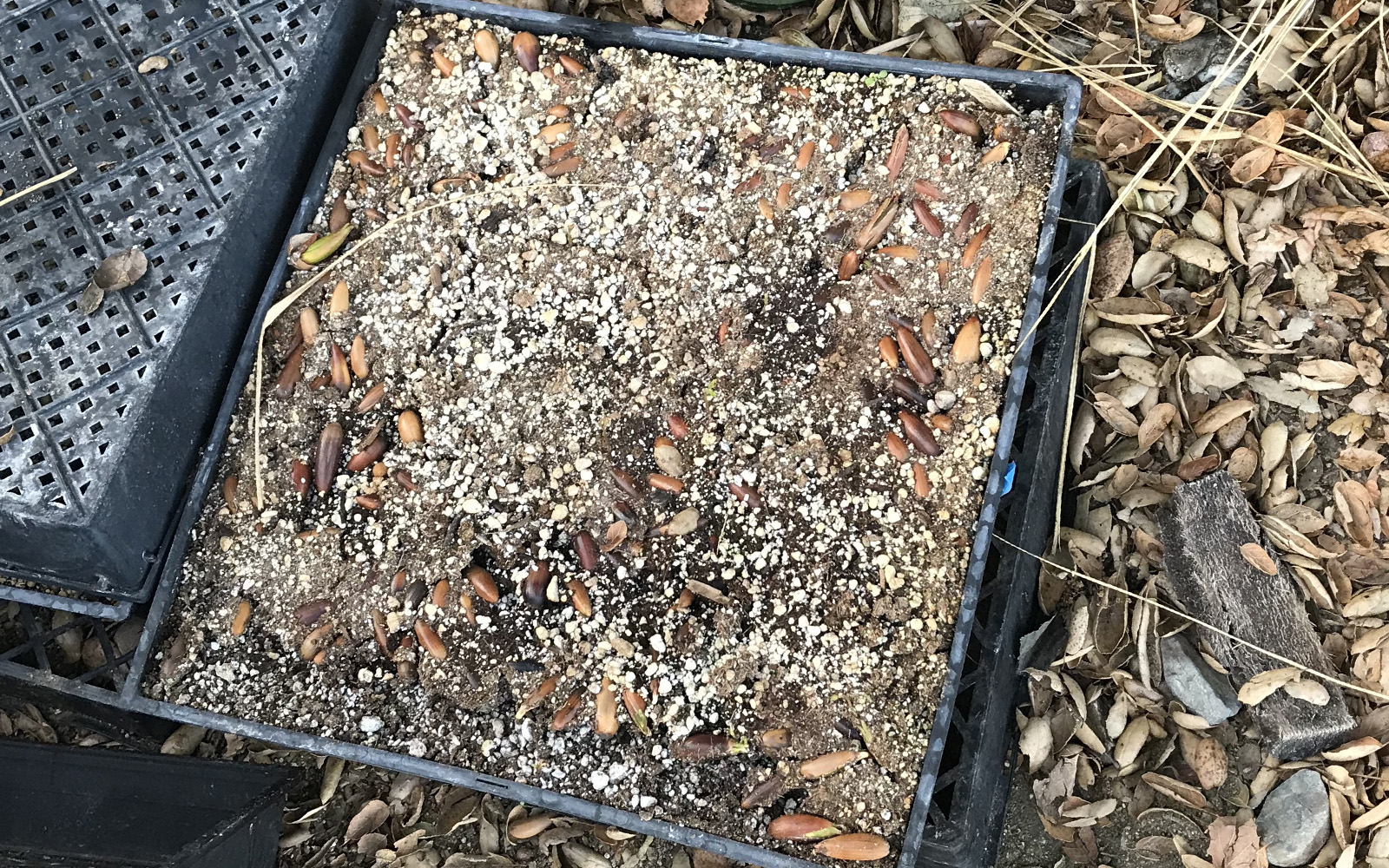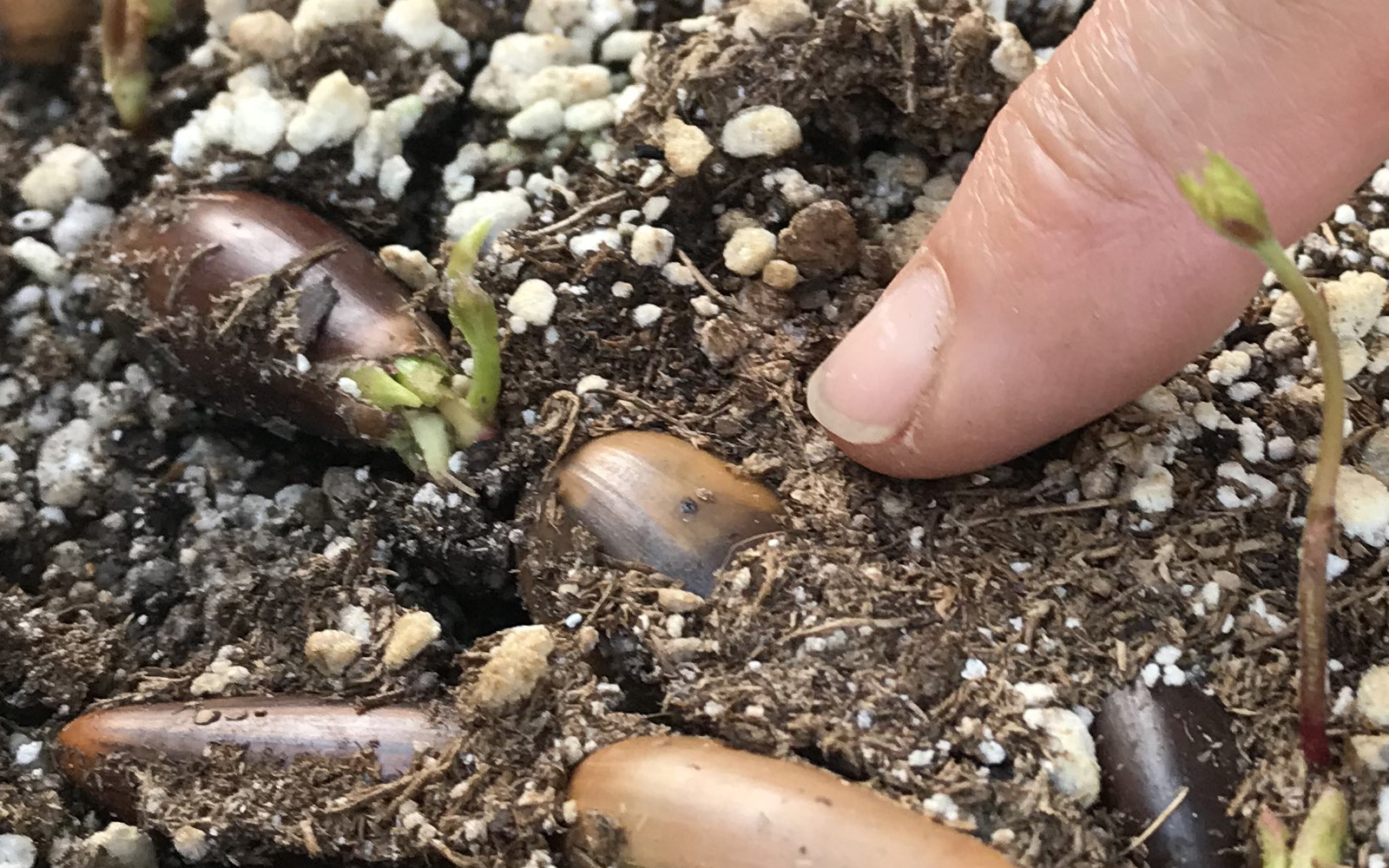Starting oak trees from acorns is the first step to help replenish our native oak population, and here we'll document our process of germination, transplanting and managing growth and health.
Part 1




More information and photos will be posted here as our process continues. Follow us on Facebook or sign up for our newsletter for updates.






